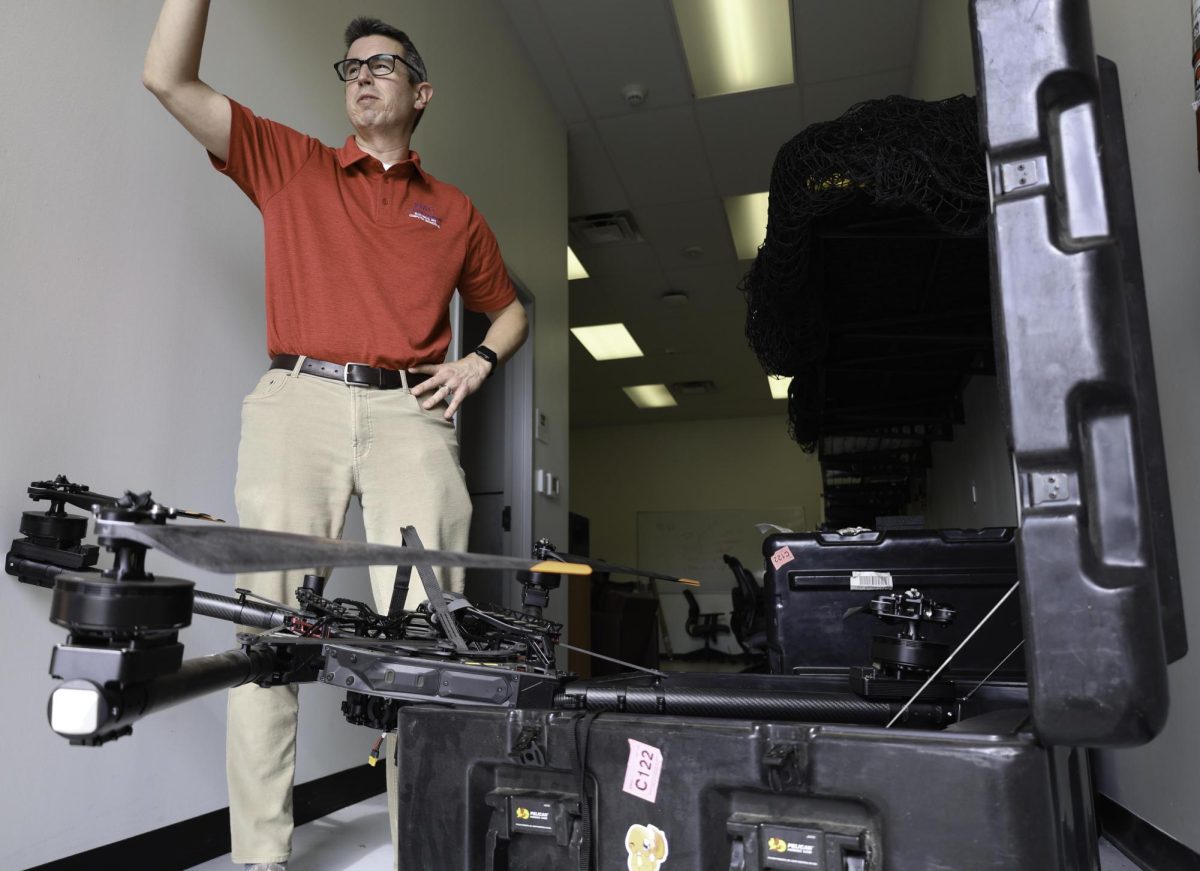Last December, the Plano City Council passed a non-discrimination ordinance. Plano’s Equal Rights Ordinance (ERO) expands the city’s non-discrimination policy to include sexual orientation and gender identity. It prohibits “discrimination in places of public accommodation, employment practices, housing transactions and city contracting practices.”
While the ERO is being hailed as a step forward by civil rights groups, religious freedom advocates have been fighting its implementation. Opponents of the ordinance claim that the new rules will allow men to use women’s bathrooms, and vice versa. However, the law has a clear exemption for bathroom use:
“It shall not be unlawful to deny the opposite sex access to facilities inside a public accommodation segregated on the basis of sex for privacy such as restrooms, shower facilities, locker rooms, dressing rooms or any similar facility.”
Opponents of the ERO organized a petition drive, collecting almost 4,000 signatures. The petitions asked the city to repeal the ordinance or put it to a vote by the general public. The petitions were deemed invalid by the City of Plano because it claimed that the ERO regulates bathrooms. As a press release by the City of Plano states, “By making this false representation, the Equal Rights petition asked signees to repeal an ordinance that does not exist.”
While several groups are still fighting against the ERO (including some transgender rights advocates), the ordinance is still in place. The ordinance prevents discrimination based on sexual orientation and gender identity in many aspects of life and business. Bathroom use policy appears to be the biggest controversy surrounding the ERO.
“There are so many people who do not feel comfortable in the bathroom that corresponds to their gender due to the violence transgender people have been subjected to in that space,” said Audrey Gill, SMU student and member of the transgender community. “And then there are the people, like me, who don’t have a bathroom that corresponds to their gender at all.”
Gill would at least like to see another option available for transgender people, rather than forcing them to navigate a polarized system. However, she also sees gender neutral bathrooms as a simpler solution.
On the other hand, some are not comfortable with changing the current system.
“I think offering a third option would be much easier than changing everything,” said a cisgender SMU student, who did not wish to be named. “I definitely would not feel comfortable using a gender neutral bathroom.”
Below is an interactive map showing businesses in Dallas and Plano that offer safe bathroom options people in the transgender community. This data was complied from Refuge Restrooms.
Plano’s Equal Rights Ordinance offers further anti-discrimination protections for sexual orientation and gender identity. The ordinance does nothing to affect bathroom use, but opponents filed petitions based on the assumption that men would now be able to use women’s restrooms and vice versa. These petitions were ruled invalid by the City of Plano, and the debate still continues.
Members of the transgender community still feel uncomfortable using public bathrooms due to the dichotomous system. However, some cisgender people would avoid using public bathrooms under a gender neutral system. With this issue, debaters and lawmakers are walking a fine line.









